While on assignment in Botswana recently, I didn’t intend to visit Cape Town, but a last-minute decision brought me to South Africa’s legislative capital. Now I tell everyone to put the city on their bucket list. Spirited by Paul Simon’s Graceland, I spent nights Under African Skies and met many locals with Diamonds on the Soles Their Shoes.
I rented a flat near the base of Table Mountain, with a picturesque view of the city that hooked me as soon as I arrived. I spent a day hiking around the narrow, rocky cliffs of Cape Point, the extreme southwestern tip of the African continent, where the Indian and Atlantic oceans meet. It’s a little daunting to trek along rocks that hangprecariously over churning water below. Of note: The ocean liner Lusitania crashed into the rocks here in 1911, spurring the erection of a new lighthouse at a lower elevation. On this bright day in May, though, skies were clear, and I followed a flower-lined path to the white-walled lighthouse with its red weather vane.

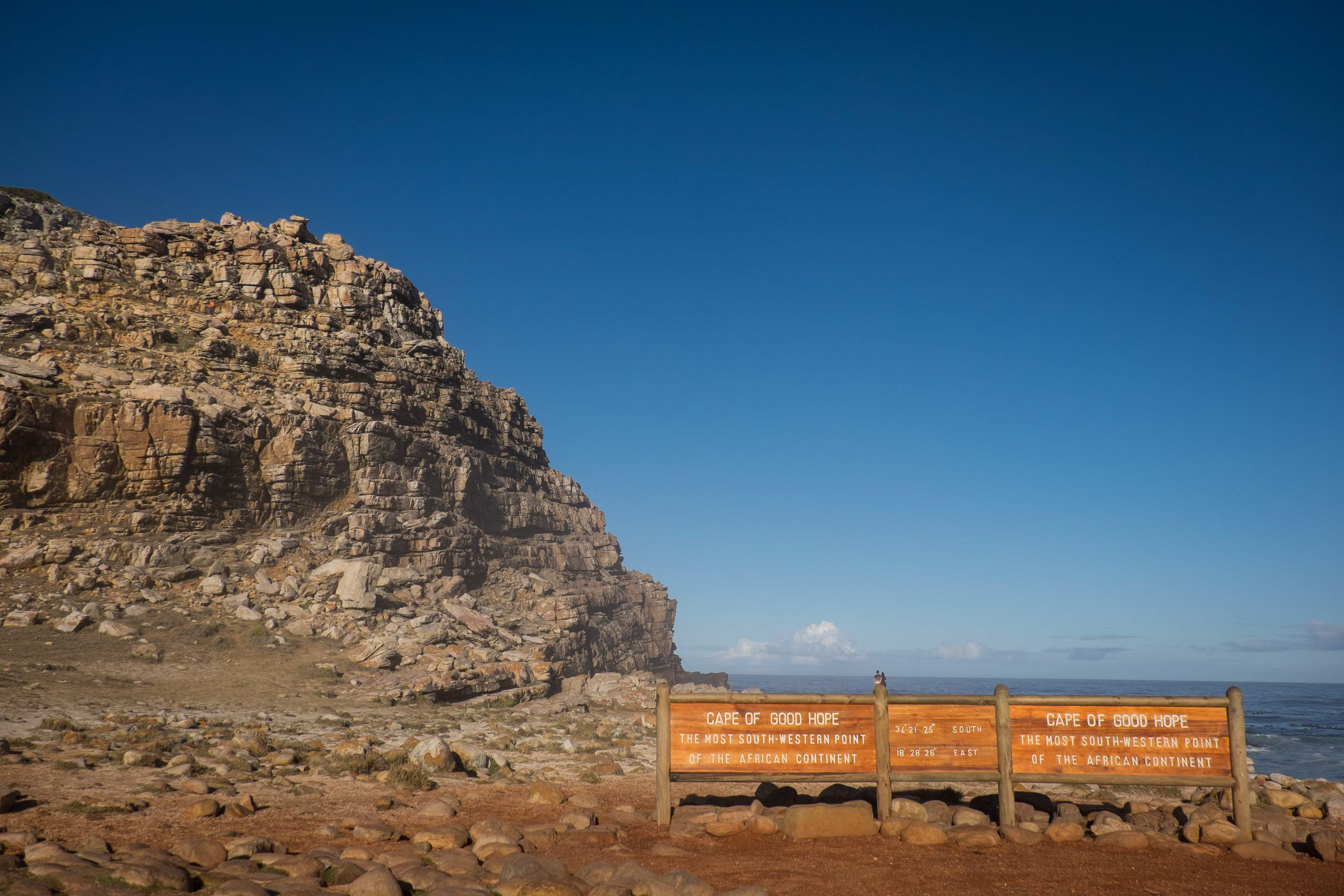



A half-hour drive north of the famous Cape of Good Hope Old Lighthouse is Boulders Beach, home to an adorable colony of penguins. I’d never seen a penguin in person before, and was surprised to learn they all had different personalities. It was like watching a group of people: some were fighting, some were grooming each other, others kept to themselves. Their spirit was calming and wonderful. My journey continued to Camps Bay Beach where modern houses among the palm trees and picturesque cliffs faced the beach and surfers below.


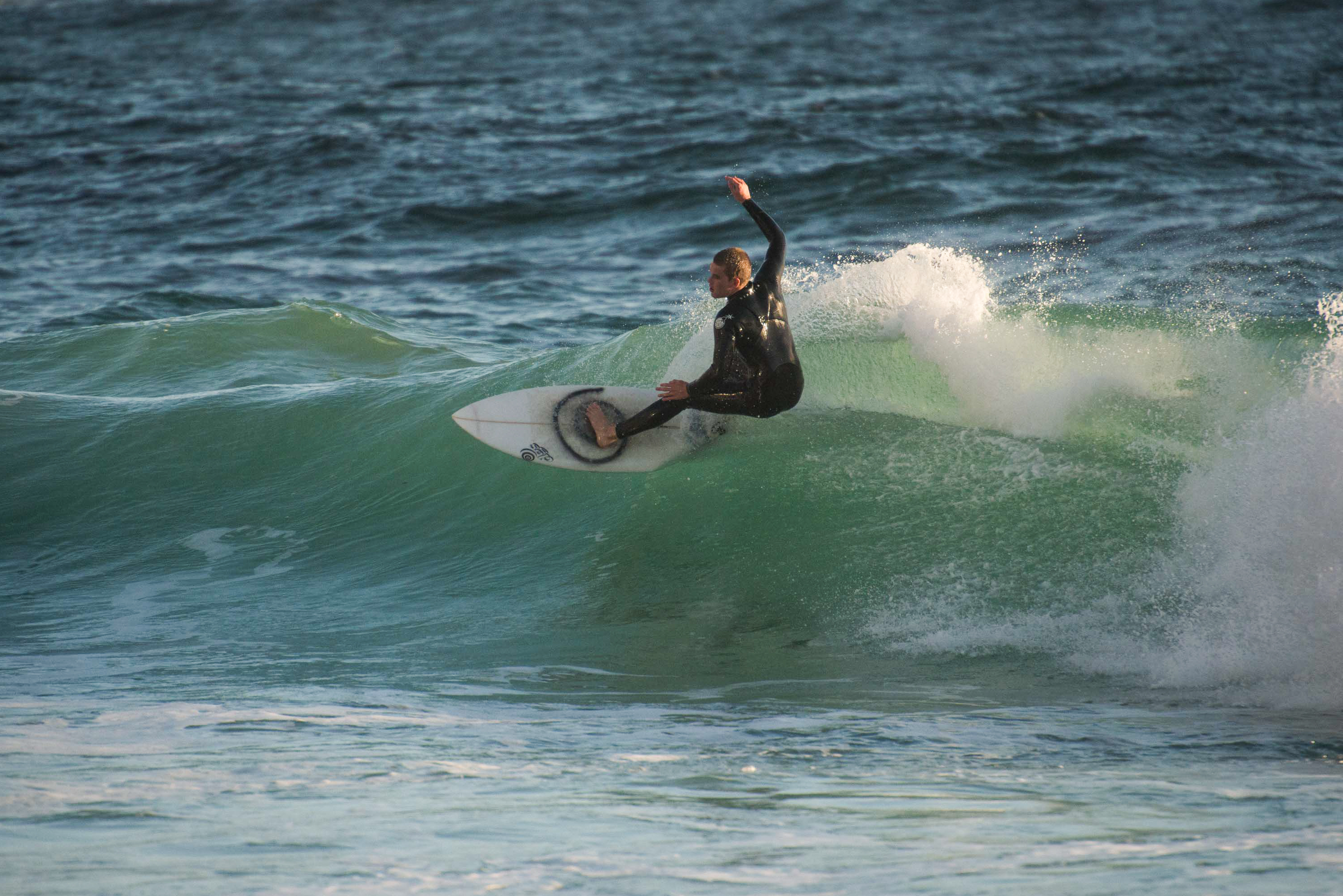



While all these experiences were unforgettable, the most affecting moments of my South African excursion dealt with the inevitable, tragic history of racism and apartheid.
Looking at the history of Botswana and South Africa side-by-side is jarring. While Botswana enjoyed Khama’s principled leadership during pivotal postcolonial years, Mandela’s tenure as president wouldn’t come until decades later, in the mid-1990s. Before that, he was imprisoned at Robben Island, a quick ferry ride from mainland Africa. I visited the jail during my trip, and was shocked to see firsthand how wretched his sentence was. He spent 18 years in a small, damp concrete cell, forbidden from hearing much news from the outside world and often thrown in solitary confinement. He worked hard labor, breaking rocks into gravel for so long that his eyesight was permanently damaged afterwards. But Mandela is also a symbol of resilience: he used his time to write, study law and hone his political beliefs. Like Gandhi in India, Mandela proved that violence isn’t always necessary. Peaceful protest and education can make the world a better place.

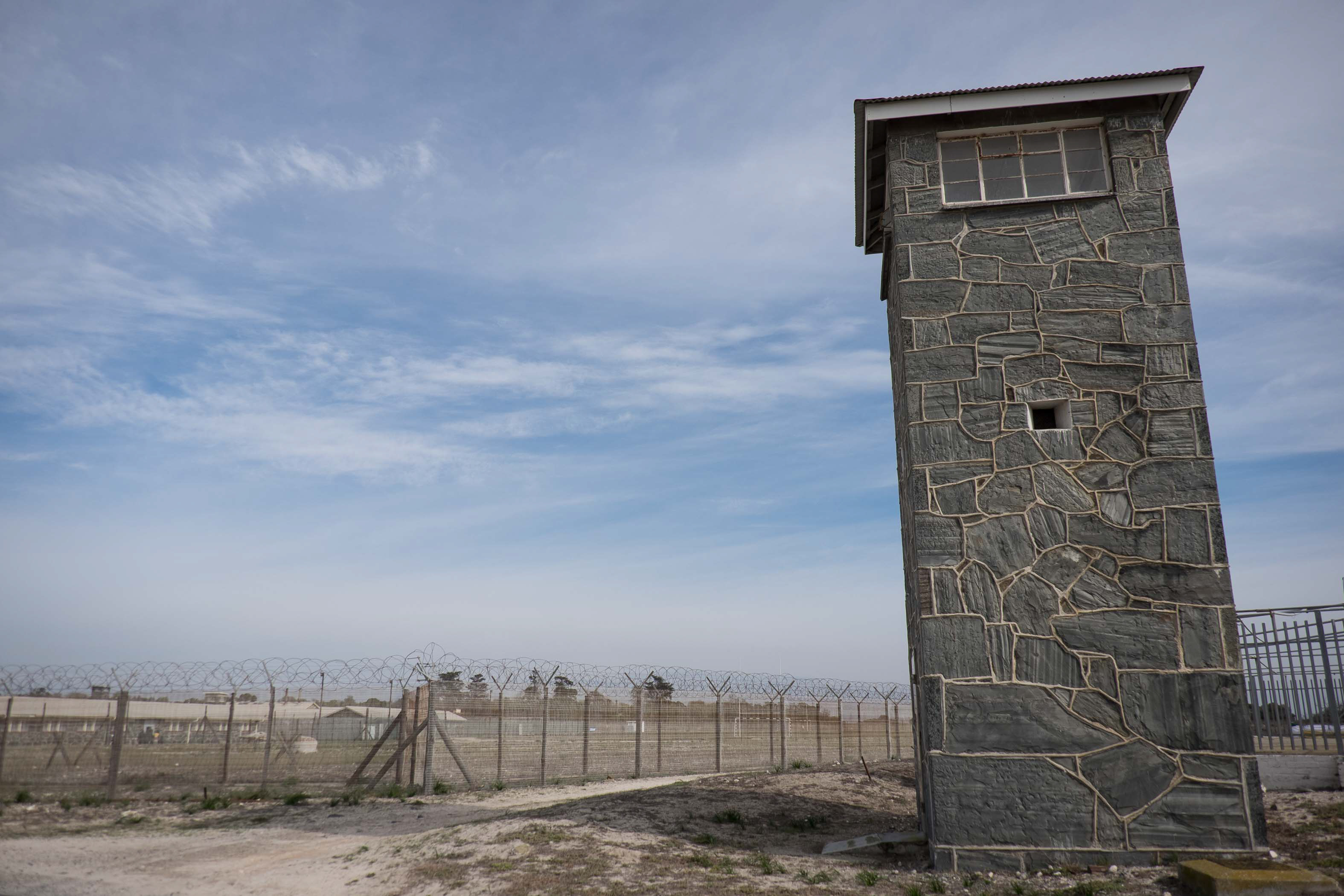
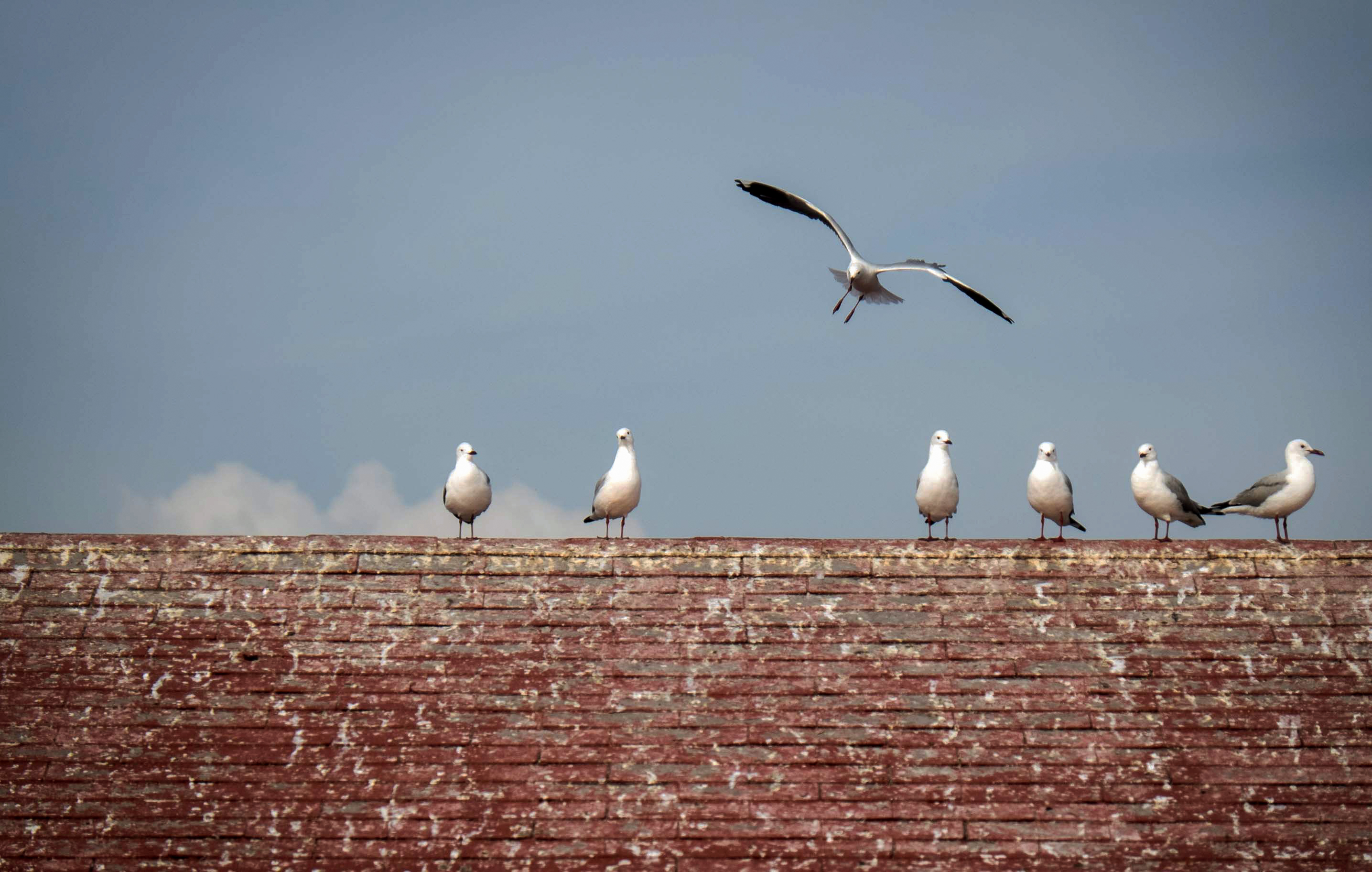



South Africans still have a way to go. Even today, white citizens enjoy significant privileges over the Black population. You can see it in Langa, a poor area of town visited by few tourists—the apartheid government segregated Black people here, and it served as a pivotal area for anti-racist protests and marches. To the west, the District Six Museum is a memorial to the neighborhood of the same name that was razed in the 1970s and ’80s, when the apartheid regime declared the neighborhood an irreparable vice den of gambling, prostitution and alcoholism.






But there is good news at the end of all this. It strikes me that Africa’s worst days are behind it—I found this to be true in Botswana and South Africa, where an attitude of forward-looking optimism drives locals and community leaders toward great success.
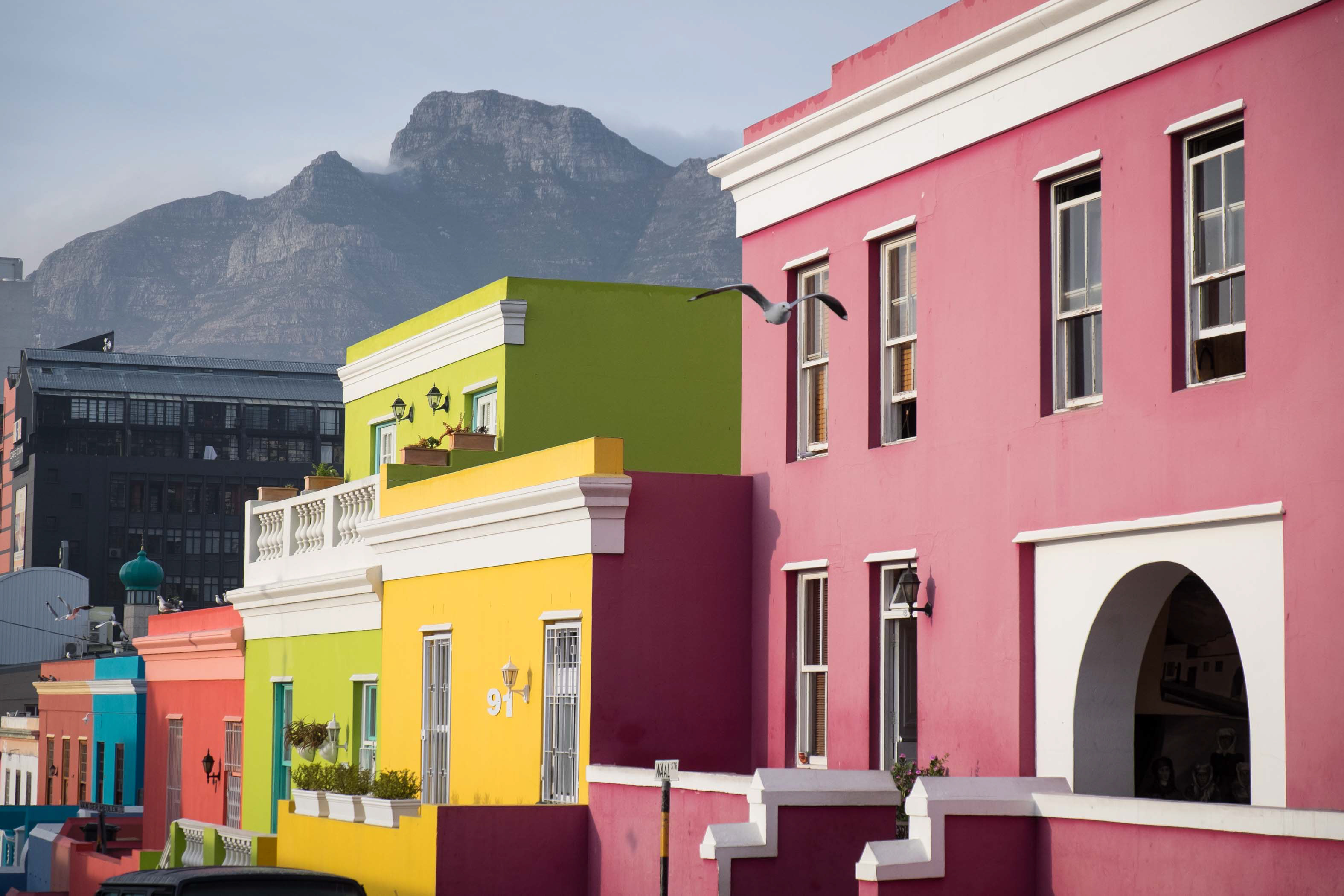



The people I photographed on the streets of Cape Town — girls practicing hand stands, a man repairing shoes — exuded a sense of pride and hope. They looked squarely at my camera, unashamed and confident. They are products of Cape Town’s past, and they will also shape its future.
“Hold fast to dreams
for if dreams die
life is a broken wing bird
that cannot fly.”
— American poet Langston Hughes (painted on the floor of the District Six Museum)
*****ABOUT RON*****
After spending the past 20 years founding and working with some of the best and busiest wedding photography studios in the U.S. and photographing over 500 weddings around the globe, Ron B. Wilson has reconnected with his true passions: travel, men’s street style, and fine-art photography. So starting “Art, Style, Flow”, a travel inspiration blog and online magazine featuring his photography, was a natural process and has been a work in progress for the past 20 years.

New York City and Miami Photographer Ron B. Wilson specializes in an award winning fashion based documentary style of photography. Ron was recently featured in Professional Photographer Magazine with an article about the {revisited} sessions that he created, and over the past few years he has been honored with many awards at the WPPI and PPA’s Imaging USA Conferences.
Ron’s primary goal is to tell stories with images and to bring out the very best in every detail of each subject he photographs. He is available for fashion, advertising, travel and editorial assignments.
I couldn’t write this blog without WORDPRESS! It is the best blogging platform available.

